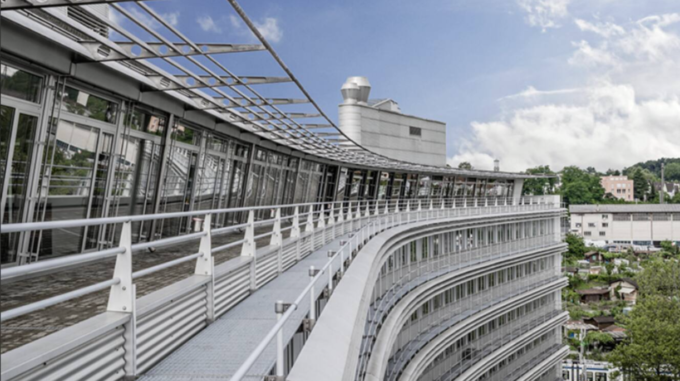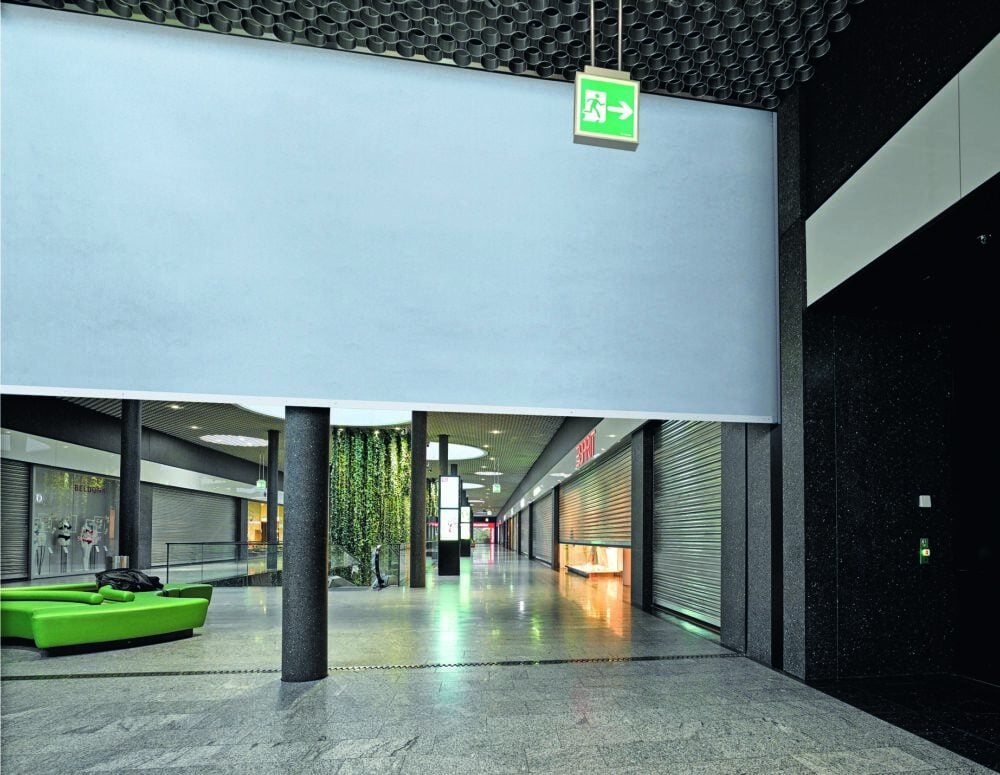Grenfell Tower: Polystyrene was not the cause of the fire
One remembers: The 24-story Grenfell Tower residential building in London burned down more than a year ago. The fire spread rapidly through the newly thermally insulated curtain ventilated facade. Initial investigation results show that the polystyrene insulation material was not the cause of the fire.

The commission responsible for investigating the fire analyzed the cause and course of the Grenfell Tower fire. In the "Deutsche Feuerwehrzeitung" (German Fire Brigade Journal) of the Fire Brigades Association DFV Prof. Dr.-Ing. Michael Reick has summarized the preliminary results of the first phase of the investigation, which is still ongoing.
What do the results say?
On the facade of the Grenfell Tower was no Polystyrenebut Polyisocyanurate as insulation material in 10 to 16 centimeters of thickness, as the web portal specialized in building and facade technology "haustec.de" in Germany writes. The fire propagation on the façade was primarily caused by the ACP weather protection cladding made of aluminum with a bracing polyethylene core, according to preliminary results.
The "Deutsche Feuerwehrzeitung" writes in connection with the façade: "It must therefore be emphasized at this point that the thermal insulation made of polyisocyanurate was not the decisive element at all, but rather the ACP panels." Regarding this ACP weather protection cladding, it further states: "Although the mass of the cladding was small due to the low thickness of the PE panels and most of the heat release went into the external environment, due to the high burning rate and the associated high heat release, this was obviously sufficient for further incipient fires to occur after a short time in the apartments located above the fire apartment."
Rapid fire spread
Furthermore, Michael Reick's summary shows that the enormous speed of fire propagation also resulted from the inflow of combustion air via the rear ventilation of the weather protection cladding. It burned not only the Polyethylenebut also the aluminum of the weather protection panels. The London incident commander likened the fire incident to a "magnesium fire".
Regarding the speed of the fire, it says: "The fire had therefore developed within only 36 minutes from an incipient fire in the kitchen to a fire that directly threatened all 19 apartments above via the facade." For the last ten floors up to the 22nd floor, the flames took only seven minutes, according to the data. After that, between 1:12 to 4:03, the fire began to spread through the weatherboards around the building.
Numerous fire safety deficiencies
According to the report, the weather protection cladding burned down completely, while the wall insulation remained intact in large parts, even the yellow color of the installed polyurethane was still partially recognizable. Nevertheless, in the days following the fire, the rumor had arisen that the polystyrene insulation material had burned. Scientists had already criticized this at the time as unobjective and false, they are now confirmed by the London investigation.
At Grenfell Tower, which dates back to the 1970s, internal and external factors as well as numerous fire protection deficiencies caused the dramatic course of the fire in a complex interplay, according to the report. Compared to this fire inferno, polystyrene burns only in the width extension of the primary fire stringent upwards and not around the building.
Why did so many people die?
More than 70 people died in the high-rise fire. The fire broke out at night and surprised many people while they were sleeping. Were there not enough escape routes? Were there any lapses in security? Speculation after speculation. The definitive final report on this devastating high-rise fire will one day provide expertly verifiable findings.
Sources: www.haustec.de / "German Fire Brigade Newspaper









